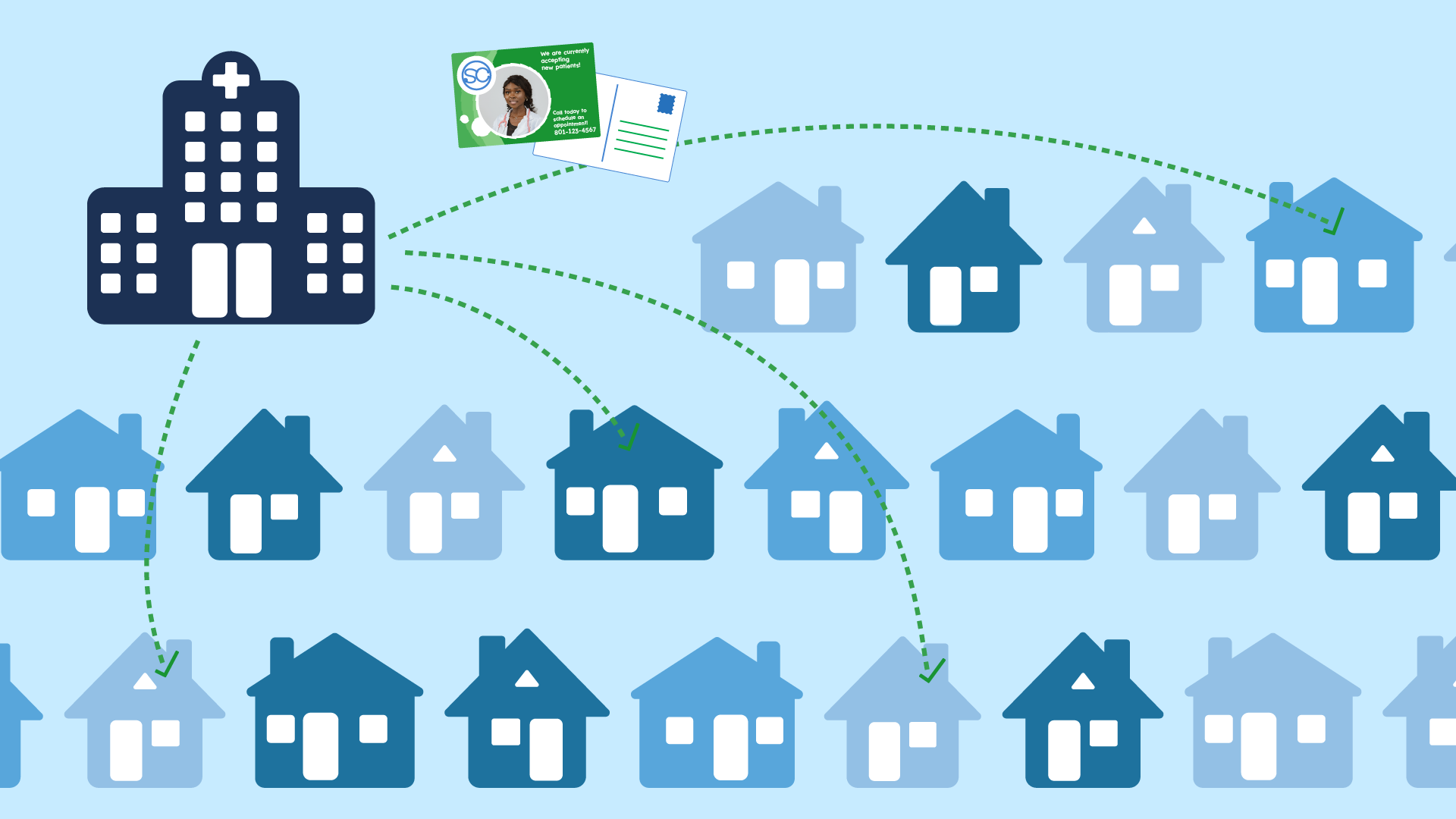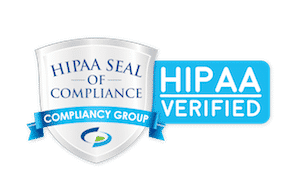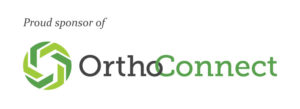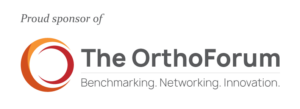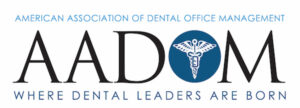Challenges of Patient Targeting in Healthcare
Healthcare is no longer a one-size-fits-all approach. Patients today want to be treated as individuals with unique needs and preferences. They want to feel understood and connected to their healthcare providers. Just like a tailor measures and customizes a suit to fit perfectly on an individual’s body, you have to personalize your approach to patient care.
Predictive patient targeting is the key to achieving this level of personalization in healthcare marketing. Imagine being able to attract patients based on their existing healthcare habits, concerns, existing medical conditions, family history of diseases, etc. With the help of predictive patient targeting, you can do this. By analyzing data to predict patient behavior, you can deliver targeted messaging that resonates with patients on an individual level. This way, you can speak directly to a clearly defined, like-minded set of individuals, addressing their needs and promoting engagement.
However, many healthcare providers shy away from this due to Health Insurance Portability and Accountability Act (HIPAA) concerns. HIPAA compliance requirements make it challenging to target patients with a higher likelihood of needing their particular services if that targeting is based on PHI This leaves them with limited options, resulting in a scattergun approach that doesn’t deliver the desired results.
While patient privacy must be protected at all times, there are ways to overcome these challenges, optimize patient targeting and stay HIPAA compliant. But, it’s important to realize that delivering personalized care is no longer a luxury, but a necessity, same as patient targeting isn’t just nice to have, it’s a must-have.
Status quo on healthcare postcard delivery is an expensive spray-and-pray approach where an entire zip code receives messaging via postcards. Additionally, results are often lackluster and arbitrary with respect to patient acquisition and return on campaign investment.
Reach the Right Patients with the Right Message at the Right Time
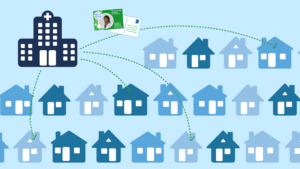 Predictive patient targeting revolves around tailoring marketing efforts to specific groups of individuals based on demographic, psychographic, behavioral, or other criteria. With the help of data and analytics, you can identify and understand patient preferences and behaviors, and create more personalized and effective marketing campaigns that resonate with your target audience.
Predictive patient targeting revolves around tailoring marketing efforts to specific groups of individuals based on demographic, psychographic, behavioral, or other criteria. With the help of data and analytics, you can identify and understand patient preferences and behaviors, and create more personalized and effective marketing campaigns that resonate with your target audience.
Patient data analysis allows you to gain insights into which patients are most likely to engage with specific messaging and campaigns and improve your operational decision-making. This helps you allocate resources more effectively, such as by prioritizing outreach efforts to patients who are most likely to engage or focusing on specific services that are in higher demand among a certain patient population.
For example, you can analyze data to identify which patients are most likely to need orthopedic healthcare and allocate resources to promote this service, thus ensuring better return on investment as well as patient outcomes. Let’s say you have data indicating that a particular group of patients is experiencing a high level of stress and decide to offer them a free consultation with a mental health counselor. By aligning your message with this specific group’s needs, there are higher chances that they’ll take action and you won’t end up wasting money on reaching patients who aren’t likely to respond.
Another benefit of predictive patient targeting is defining at-risk populations. Once you identify patients who are at risk for specific conditions, you can target them and help them prevent or manage this effectively. Let’s take patients who are at risk of developing diabetes as an example. You can create a series of social media posts that promote healthy eating habits and regular exercise and use targeting tools to ensure that those messages reach the right people. Another idea is to offer incentives such as discounts on healthy food products or gym memberships to help patients prevent or manage the condition before it becomes too severe.
Either way, your goal is to identify patients who are at high risk for different diseases, intervene early, and create proactive plans to drive engagement and promote health and wellness for those most in need. By prioritizing high-value patients who are most likely to change something in their lifestyle, you can reduce costs and increase the effectiveness of your services. You can also use predictive analytics to determine how successful your patient targeting efforts are, as well as optimize your patient retention and ROI.
Patient Targeting and HIPAA
HIPAA is a federal law that protects patient privacy and ensures the confidentiality of patient health information. Therefore, healthcare providers must maintain strict privacy standards when dealing with patient information. Given that the use of patient data for marketing purposes is tightly regulated and requires the patient’s explicit consent, you must take additional precautions as a single misstep can result in hefty fines and legal consequences.
The challenge arises when you need to target individuals with known ailments or conditions. Instead of focusing on specific patients, you have to rely on broad demographic data such as age, gender, and geographic location to deliver your message. While this approach may reach a large audience, it often fails to reach those who need it the most. Suppose you’re looking to promote a new medication for a rare genetic disorder that affects less than 1% of the population. You want to target individuals who have been diagnosed with this disorder to inform them of the new treatment option, but you can’t simply send a message to patients without their consent. Instead, you’re left to blanket zip codes or audiences with messaging, hoping to reach the right people without violating privacy regulations.
This way, you reduce the conversion rates in addition to massively increasing the costs associated with the patient acquisition. Direct mail campaigns, for example, can be very costly and ineffective if they aren’t precisely targeted. As a result, you can spend a significant amount of money on a strategy that reaches a small percentage of the intended audience.
Moreover, messaging everyone can result in information overload and reduce patient engagement. Patients who receive irrelevant information may feel bombarded and annoyed, leading them to ignore future communications or even switch to a different provider. On the other hand, patients who don’t receive relevant massaging may miss out on critical healthcare information that could benefit their health and well-being.
Patient Targeting: Challenging but Rewarding
While there may be concerns about HIPAA compliance and patient privacy, the importance of overcoming patient targeting challenges and staying competitive in healthcare cannot be overstated. With the rise of digital health technologies and the increasing demand for personalized care, patients have more options than ever before. Healthcare providers who fail to adapt to these changing market dynamics risk losing patients to more innovative and forward-thinking competitors. On the other hand, by using predictive targeting to deliver personalized messaging to their target audience, you can differentiate yourself, increase patient engagement, and ultimately improve patient outcomes.
At SocialClimb, we understand how challenging yet rewarding it is to develop a more personalized approach to patient targeting and deliver information that’s relevant and timely. That’s why our platform is designed to comply with HIPAA regulations while providing accurate predictive patient targeting, data analysis, targeted messaging, cost-effectiveness, and real-time analytics.
SocialClimb’s platform uses publicly available data coupled with artificial intelligence to analyze over 2,000 data points on over 250,000,000 adults in the U.S. to create propensity modeling and behavioral patterns in order to identify individuals that are most likely to need specific healthcare services via our look-a-like audiences. This way, you can take a step forward in providing more personalized care to your patients while staying compliant with HIPAA regulations and minimizing the risk of disclosing individual patient information. With this targeted approach, you improve conversion rates, reduce patient acquisition costs, and increase ROI, but also ensure better health outcomes for patients by providing them with timely and effective care options.




